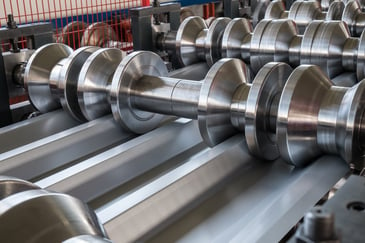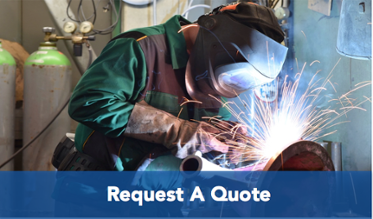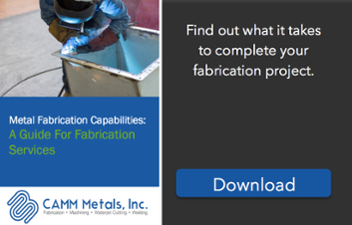 Deciding on a method to shape metal for your next fabrication project can be a difficult endeavor. Quality is paramount, but it’s important to keep costs down. Ultimately, there are several factors to consider if you’re debating the merits of using roll forming or press braking on your next metal fabrication project. In the end, your decision will likely depend on the answer to this question: which method will yield the desired quality for the lowest overall production cost? Continue reading as we compare roll forming against press braking and analyze the impact each process has on design and project cost.
Deciding on a method to shape metal for your next fabrication project can be a difficult endeavor. Quality is paramount, but it’s important to keep costs down. Ultimately, there are several factors to consider if you’re debating the merits of using roll forming or press braking on your next metal fabrication project. In the end, your decision will likely depend on the answer to this question: which method will yield the desired quality for the lowest overall production cost? Continue reading as we compare roll forming against press braking and analyze the impact each process has on design and project cost.
Roll Forming is Better For Complex Cross Sections
Press braking is a one-hit process, meaning detailed cross sections will inevitably take longer to produce. Press braking only allows for a certain number of bends and each requires a separate hit— this can slow down production, adding unnecessary time and labor costs. On the other hand, roll forming steadily bends sheet metal into the desired shape, forming complex linear shapes in a single pass. Naturally, this helps to reduce trolling costs and production time.
Press Braking Struggles With Longer Parts
Press braking is not an ideal process for manufacturing long parts. Longer parts require secondary operations to join several smaller press braked sections, which adds costs and increases product weight. One of the biggest differences between roll forming and press braking relates to how the material is fed: press braking material has to be sheeted, slit and cut to length before inserting into the press brake, which can add more cost to the project. Roll forming material is coiled, and does not require the additional costs associated with slitting or cutting. Roll forming allows for longer parts to be made without fasteners, which means you will lose less scrap to drop off, resulting in more efficient production, less waste and a more cost-effective project.
How Material Selection Come Into Play?
As you know, certain fabrication processes are better suited for particular materials. Fortunately, both roll forming and press braking are suitable for forming lighter metals. High-strength material can be difficult to press brake though, as you must account for the challenge of controlling springback. Regardless, we recommend durable, light metals for your product, as they use less material content, which allows you to drop gauge and maintain structural integrity.
How are Tooling Costs Affected?
Typically, tooling costs are relatively similar when comparing press braking and roll forming; however, the exact amount depends on the project.
Generally, the larger the volume, the lower the per piece tooling cost will be for roll forming. If the run is short, press brake tooling will likely cost less than roll forming.
When you are sourcing your next fabrication project, consider each of the four factors discussed in this post. The most important element is to align with a strategic fabrication partner that will help you make the most of your decision.
CAMM Metals | Metal Fabrication Projects
The best way to ensure an accurate metal fabrication project estimate is to start off with detailed, accurate product information. Plan ahead and communicate effectively, and you’re project is set for smooth sailing. Contact CAMM Metals and we would be happy to offer a free estimate on your next project.




